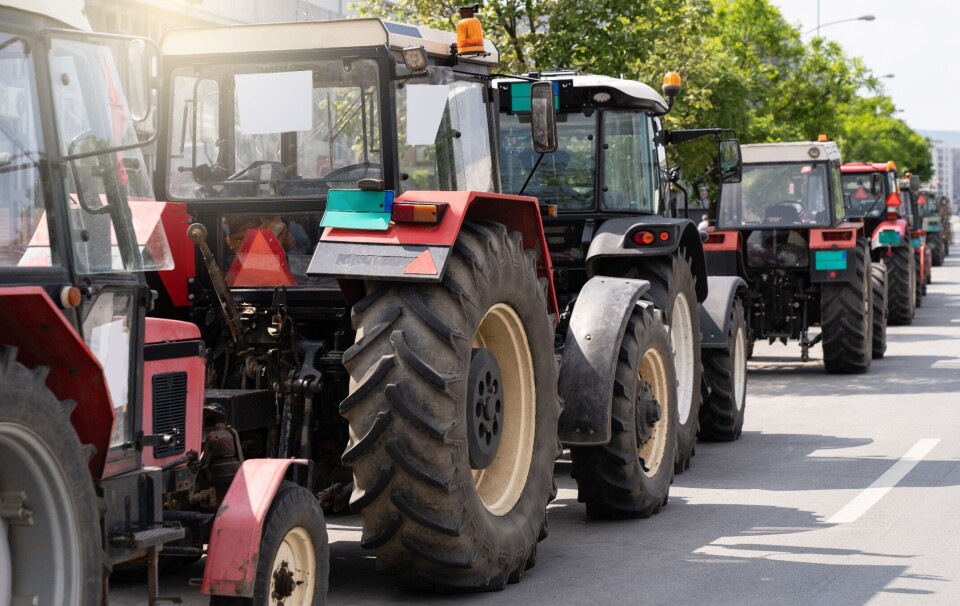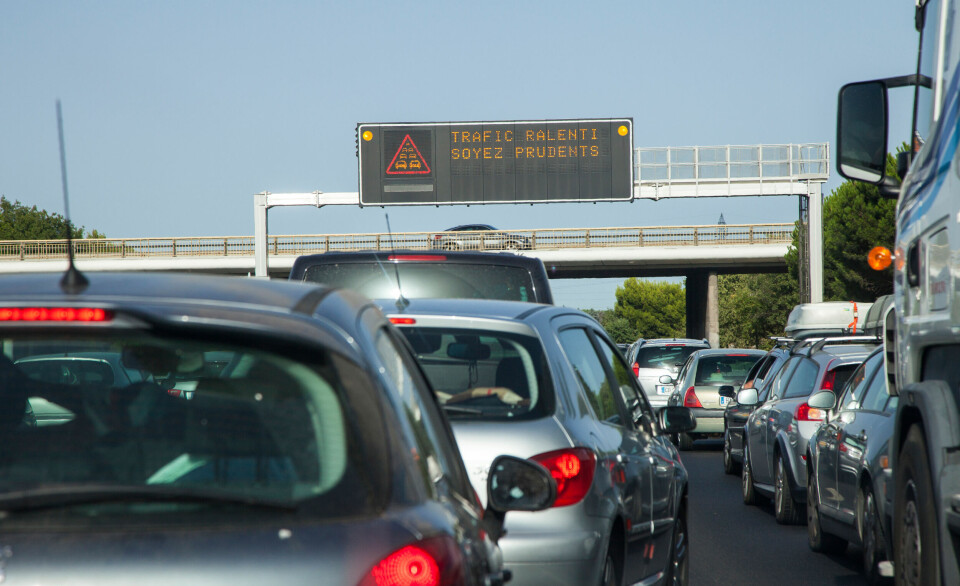-
British ‘Puppet Master’ conman in French jail wins phones back on appeal
Robert Hendy-Freegard was given a six-year sentence after hitting two gendarmes with his car
-
Alleged British hacker in jail in France offers to help with police data breach
Recent attack targeted police files
-
‘Elves crossing’: Normandy village installs fun roadsigns for Christmas
Heuland has also cleared its airspace to ensure safe passage for Santa Claus and his reindeer
New app and site show what EU does for you
With the EU elections approaching and the UK set to take part again a new website and a new Citizens’ App offer handy ways to find out more about what the EU does.

The site What Europe does for me, created by the European Parliamentary Research Service (EPRS) allows people to see at a glance some of the actions the EU takes that affect people’s lives.
The In My Life section explains matters from workers rights, to online shopping or prescription medicines, searchable in several different ways, via the wheel on the left, the topic boxes down the right, or in the search box at the top.
In My Region helps people find out what EU projects and funding have been doing locally, by clicking on the featured areas in the boxes or clicking on the map on the left which enables you to zoom down to read information at department/county level as well as for some cities. There is also a search box in which you can put a city, department or region name.
For example you can find out how the CORAL project in the Var is developing underwater robots to inspect the seabed or how the Port of Cherbourg in Manche has doubled the length of one of its quays to house a wind turbine blade factory.
Finally the In Focus section looks at EU actions and policies on the big topics, such as migration, tax fraud and protecting the environment.
A similar tool for mobiles is the Citizen’s App which includes news and information about what the EU is doing by topics and locations as well as what is coming up to be debated by the Parliament.
It also looks ahead at challenges the EU will have to face up to in coming years.
This year's elections will be held on May 23 in the UK and May 26 in France - they are a one-off vote unlike other elections in France which have two stages. A campaign called thistimeimvoting.eu is seeking to get as many people to vote as possible.
This year France, along with most of the other EU countries, is adopting a system of voting for national lists, as opposed to eight large regional constituencies previously. The lists do not necessarily correspond precisely to French political parties, but may group together parties with similar politics.
A France spokeswoman for the EU Parliament said it means each list will be for the full 79 seats (France’s seats will be shared out by proportional representation among lists getting at least 5% of the votes expressed).
People will not have ‘an MEP’ as such (previously people in France had five to 13 MEPs depending on region), but if you want to contact an MEP it will be recommended to see what topics they specialise in (you can search MEPs by committees they sit on here and you can see who is on each committee here).
It is therefore a case of voting for the list that appeals to you politically, more than being about individual personalities, although each list is headed by a specific person who is tête de liste.
Former Europe Minister Nathalie Loiseau, for example, is heading a list for La République en Marche, with a pro-EU agenda.
Among the more euro-sceptic lists is one for Rassemblement National (RN), the former Front National, headed by Jordan Bardella, however RN leader Marine Le Pen has today confirmed they have abandoned former policies of a Frexit or returning to the franc.
In the run-up to the presidential elections in 2017 a senior party member explained to Connexion they were calling for an exit referendum, in which the party would campaign to leave.
Nonetheless their campaign manifesto published today includes some radical proposals for change, such as making the European Commission merely a ‘secretariat’ with no legislative powers.
Previous article
Are you ready to vote in EU elections?
Stay informed:
Sign up to our free weekly e-newsletter
Subscribe to access all our online articles and receive our printed monthly newspaper The Connexion at your home. News analysis, features and practical help for English-speakers in France
























